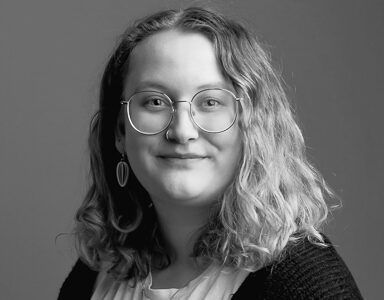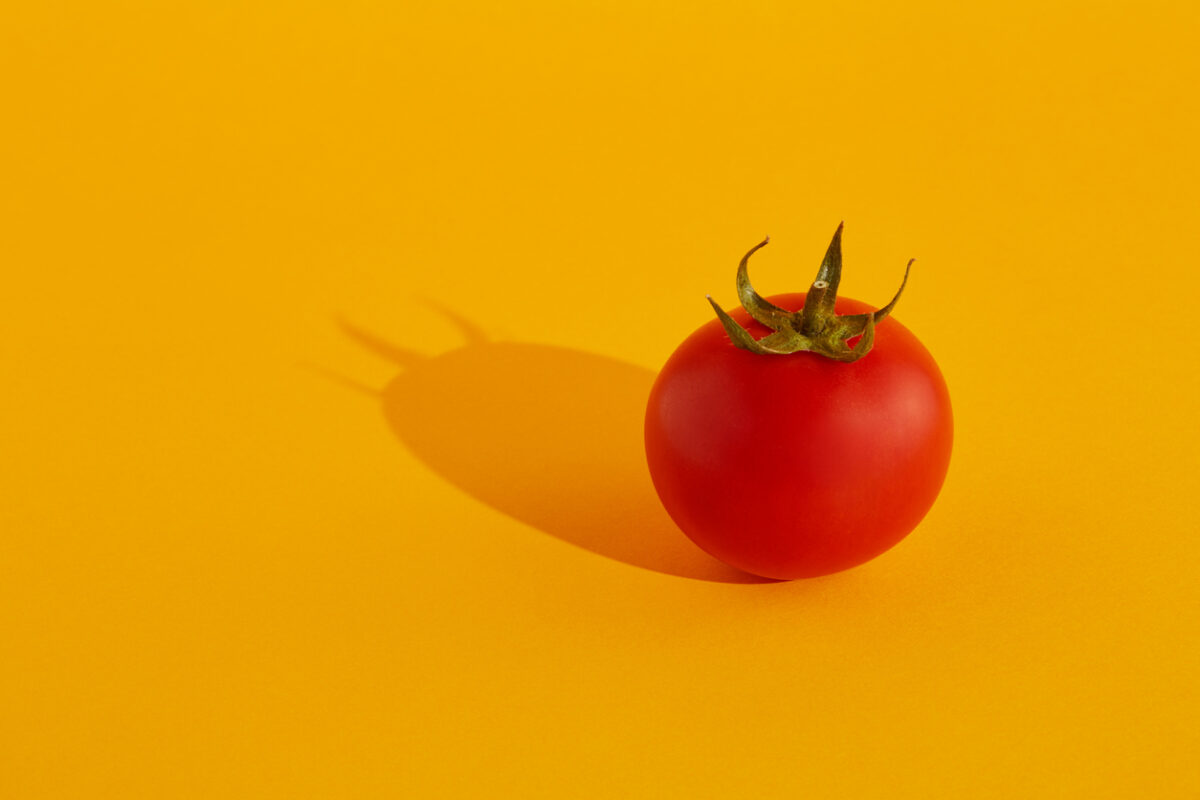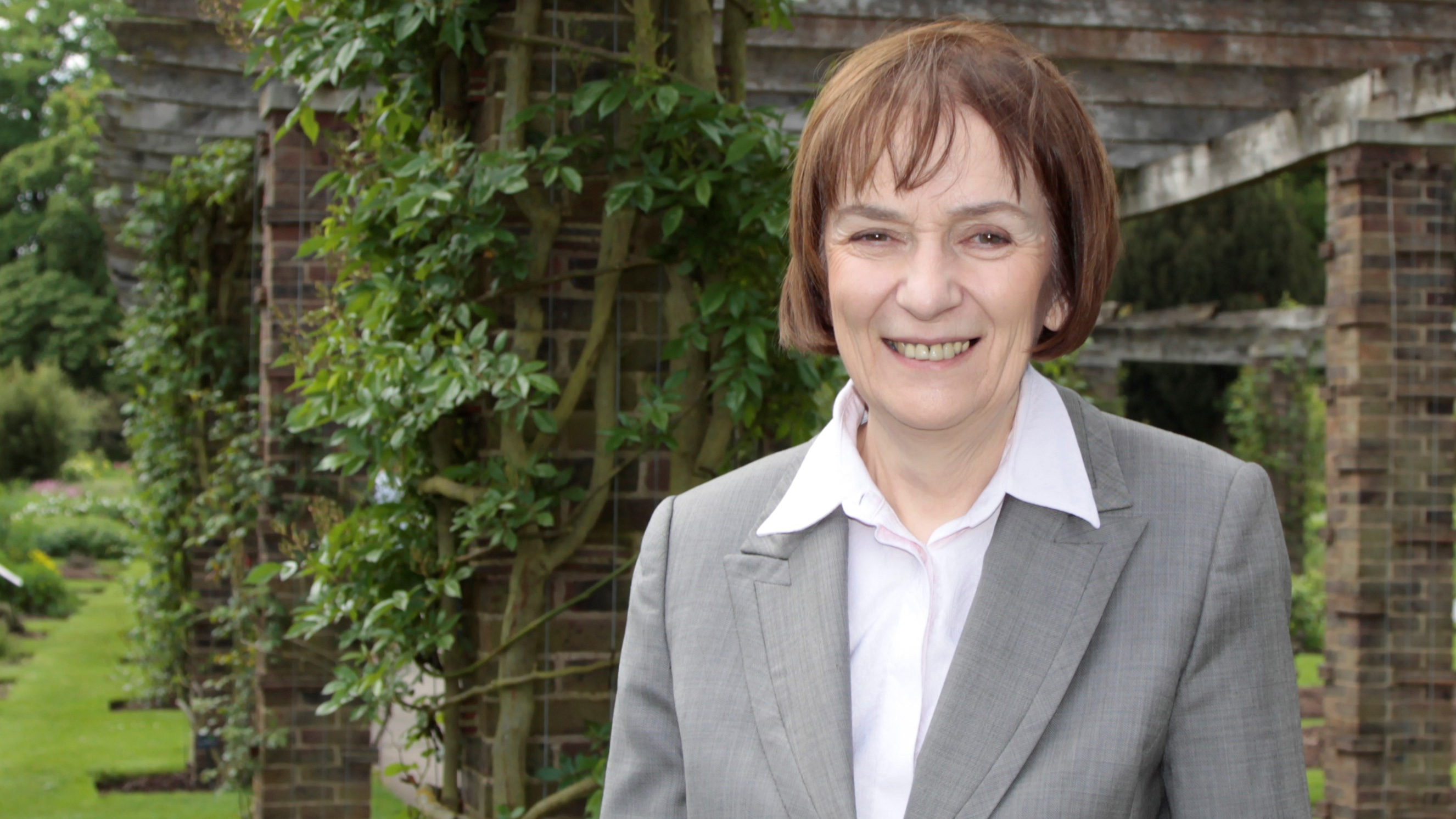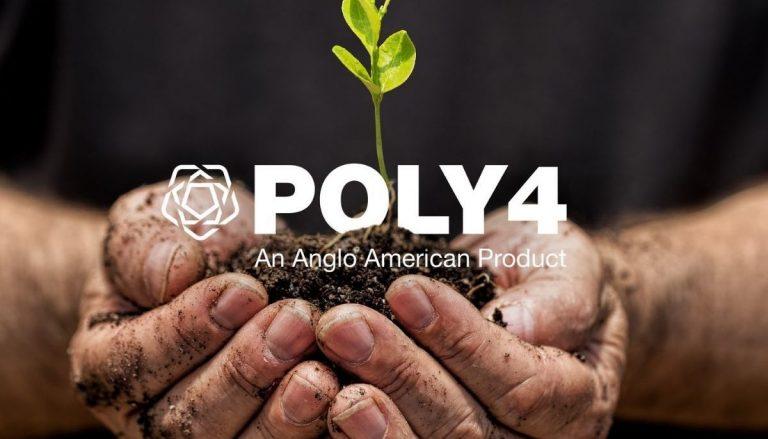Seed banks: preserving biodiversity for the future of humanity

Bomb-proof, resistant to extreme weather, and protected from earthquakes and other natural disasters. This may sound like the description of a bunker built for a President or Prime Minister, for use in the event of an apocalypse – in fact, it is a description of a seed bank.
Given their impenetrable appearance and war-worthy specs, seed banks often conjure images of Armageddon, or at the very least, science fiction. But these buildings are very real, and are dotted around the world. As the name suggests, the teams that run them are concerned with collecting and storing a plethora of seeds.
An insurance policy for plants
Humans have had practices akin to seed banking for hundreds, if not thousands, of years. Some early human civilisations, including Norse and ancient Persian peoples, developed mythologies and legends which are thought to relate to the practice of curating seeds and plants for preservation.
It was Russian-born Nikolai Vavilov who brought the practice to a truly widespread audience in the early 1900s. The botanist was enraptured by nature, and on one of his many expeditions, claimed to have come across the “centre of origin for the apple” in what is now modern-day Kazakhstan. Fascinated with the abundance of apple species, he collected their seeds and brought them back to his research facility. The facility became one of the world’s first modern seed banks.
In the era of the climate crisis, such vaults are arguably more important than ever before. Two in five plant species are at risk of extinction, with the ones humans don’t rely on for food the most at risk. And while some scientists estimate there are some 200,000 edible plant species on Earth, we rely on just three – maize, rice, and wheat – for more than half of the calories consumed worldwide.
These numbers paint a grim reality for the future of plant diversity. And that is without considering how factors like the climate crisis and wars could further impact the issue. “It’s a race against time to protect our incredible plant life,” RBG Kew Future Leader Fellow Dr Elena Castillo-Lorenzo tells Food Matters Live. Elena works at the Millennium Seedbank, located in rural Sussex, England.
She describes the work done by MSB, and other banks like it, as “an insurance policy for plants”. Many seed storage facilities are home to thousands upon thousands of seed varieties – from common crops and flowers to plants intricately linked with the culture and lifestyles of indigenous peoples.
“The seed bank is a safety net against extinction and research into the traits plants have developed in the wild to adapt to climate and similar phenomena,” she says. “Thus, the seeds could be used to restore ecosystems or recover extinct species if ever needed.”
The scale of the mission
Trying to preserve the flora of our world for the future is undoubtedly a worthwhile cause. However the industrial-looking, warehouse-like spaces which are used to house seeds are a far cry from lush and verdant green spaces.
This is, of course, intentional. As Elena explains, most plants produce seeds, the majority of which can withstand drying and freezing in an airtight container. This practice can prolong the natural lifespan of certain seeds by up to hundreds of years.
To ensure the health of frozen seeds, it is common for researchers to periodically assess them. Dr Charlotte Allender, Senior Research Fellow at and Manager of the Warwick Genetic Resources Unit, which holds the UK Vegetable Genebank, says her team performs germination tests every 10 years. They also have the facilities to grow and harvest fresh seed samples where needed.
The rows and rows of underground shelving units found in many seed banks the world over then are essentially a space saving hack. “It is possible to conserve a large amount of diversity in a small space and at a relatively low cost,” Elena says. The scale of the inventory is hard to exaggerate. MSB is home to 2.4 billion seeds, belonging to around 40,000 species – this includes nearly all the plants native to the UK, and 16% of the whole world’s wild plant species.
Other seed banks are just as impressive: the Svalbard Global Seed Vault in holds more than a million seed samples across thousands of plant varieties, while the Vavilov Institute in St Petersburg, Russia, houses around 325,000 seeds and the National Laboratory for Genetic Resources Preservation in Fort Collins, Colorado, is holds half a million.

Seeds at MSB are stored in a variety of ways, at very cool temperatures. Credit: RBG Kew

The bank is considered one of the most biodiverse places on earth, with a collection of more than 2.4 billion seeds. Credit: RBG Kew
Left: Seeds at MSB are stored in a variety of ways, at very cool temperatures. Credit: RBG Kew
Right: The bank is considered one of the most biodiverse places on earth, with a collection of more than 2.4 billion seeds. Credit: RBG Kew
A symbol of global cooperation
Beyond their impressive capacity, seed banks are also notable for the cooperation they help foster between countries. Typically vaults house not only seeds native to their own country, but many others as well. MSB, for example, conserves seeds from 190 countries in total, Elena says.
Meanwhile the UK Vegetable Genebank is one of several such institutions in a European network. The groups embark on research together – it’s most recent focus has been on the humble carrot, which the network has been testing in 12 field trials across the continent. Data collected from these experiments will be collated and shared with others for future use.
The Svalbard Global Seed Vault, located on the Norwegian island of Svalbard near the North Pole, is perhaps one of the best examples of international teamwork in the name of seed preservation. The seed bank, known colloquially as the ‘doomsday vault’, has a particular focus on crops and plays host to valuable genetic material from the likes of the Native American Cherokee Nation, the Philippines, Estonia and more.
Svalbard differs from other banks in the fact that it actually acts as a long-term storage facility for other seed banks – a back-up of a back-up. “The Seed Vault works as an insurance policy for these genebanks should they lose their material for any reason,” it explains. “By providing a safety back-up, the Svalbard Global Seed Vault contributes to securing crop diversity important for the world’s food production.”
So far, only one bank has ever needed to make a withdrawal from Svalbard – the International Center for Agricultural Research in the Dry Areas (ICARDA). Originally headquartered in Aleppo, ICARDA was forced to close during the Syrian Civil War in 2012. ICARDA used its withdrawal from Svalbard to rebuild its own collection, as it set up a temporary home in Beirut, Lebanon. The seed accessions were eventually re-deposited in 2017.
Beyond doomsday preparations
War and human agricultural collapse are by far some of the most extreme reasons why seed banks exist. The others are much tamer. “The research work carried out with seed collections is very diverse, but in general it focuses on obtaining information on their propagation and germination for use in nature and in restoration programs, studying the biology and ecology of seeds and their properties,” explains Elena.
Beyond discovering and cataloguing new seeds, protecting and re-establishing already known ones is an equally important mission. The Ethiopian Biodiversity Institute has a particularly interesting modus operandi in this regard – it is one of very few living seed banks.
As the name suggests, the EBI ‘stores’ its seeds by actually growing them in neighbouring farm fields. It does this by partnering with local farmers. Of its 62,000-strong seed collection, some 40,000 of them are sown in the ground.
There are many benefits to this, according to the EBI. Chiefly, it allows them to collect seeds that cannot tolerate the processes require for safe storage. It also allows the team to grow the amount of genetic material in the collection of rarer plants, ensuring their survival into the future.
“From a global perspective, the single focus of gene banks seems to be on collecting and preserving whatever samples they can find, and they call that conservation,” explained agronomist Dr Melaku Worede, one of the founders of the EBI, in an interview with farmer advocacy non-profit GRAIN in 2009. “We, on the other hand, believe in conservation through use, in keeping diversity alive as you use it, without compromising the diversity already built up over centuries by farmers.”

The Svalbard Global Seed Vault accepts deposits from all of the world’s other seed bank facilities. Credit: NordGen

It is also one of the most remote buildings of its kind, located near the North Pole. Credit: NordGen
Left: The Svalbard Global Seed Vault accepts deposits from all of the world’s other seed bank facilities. Credit: NordGen
Right: It is also one of the most remote buildings of its kind, located near the North Pole. Credit: NordGen
Aiming for diversity
A similar philosophy is held by the staff at the UK Vegetable Genebank. As Dr Charlotte Allender explains: “The whole point of conserving crop genetic diversity is so that it can be used.” As a result, the team routinely send out seed samples to plant breeders, researchers, and other organisations to use in their work.
One of the main reasons people are so interested in working with seeds from UKVGB is diversity, Charlotte says. As previously stated, global plant and crop diversity is declining and the situation is not helped by agricultural practices inherited from the mid-20th century Green Revolution, which favour mono-culture farming and very slim genetic diversity among crops.
The UKVGB bank holds around 14,000 seed samples in its collections, including multiple species of brassicas (cauliflower, cabbage and broccoli, for example), carrot, onion and lettuce. “Scientists and breeders are often interested in the breadth of diversity for a particular crop, so they use our collections to look for new traits to develop new varieties,” she explains.
Resistance is a key focus. Charlotte says many scientists search for varieties which reduce the need for synthetic pesticides, or those which are resistant to bacterial and fungal diseases.
In the era of climate change, many scientists also use seed banks to identify plants that are particularly resilient to adverse weather like drought, flooding and storms. As the environmental crisis continues to grow in intensity, such research will only become more important to ensuring the world’s population is fed.









